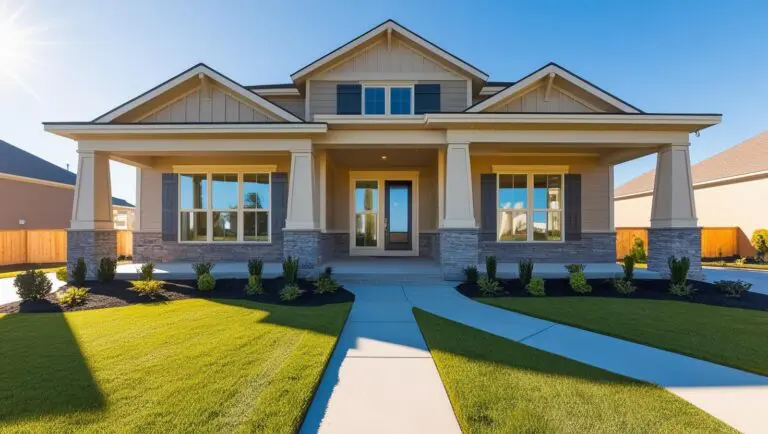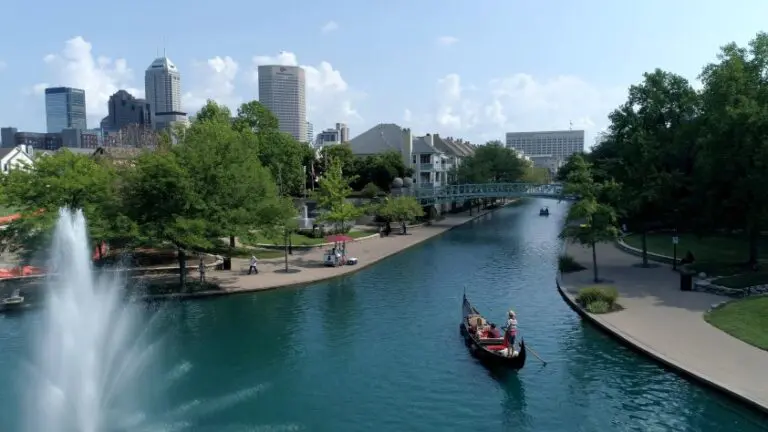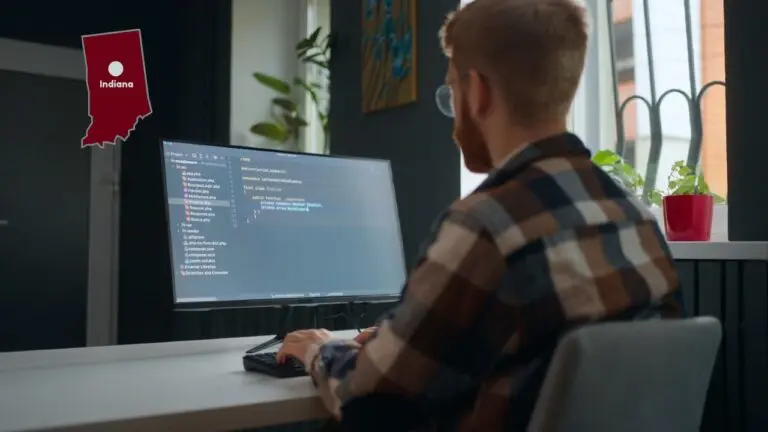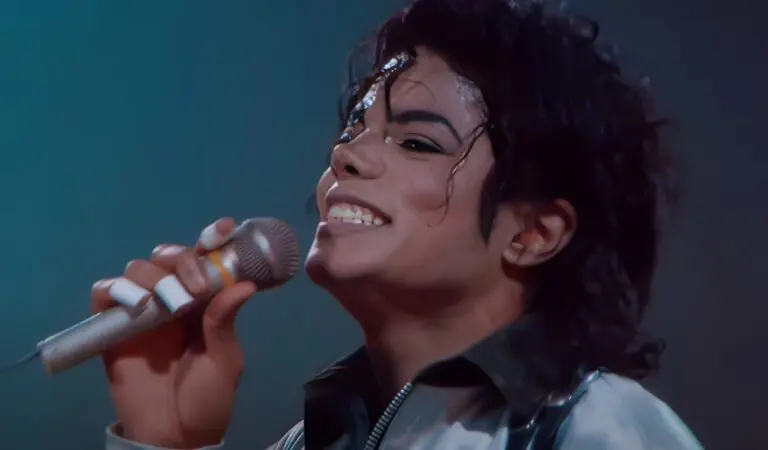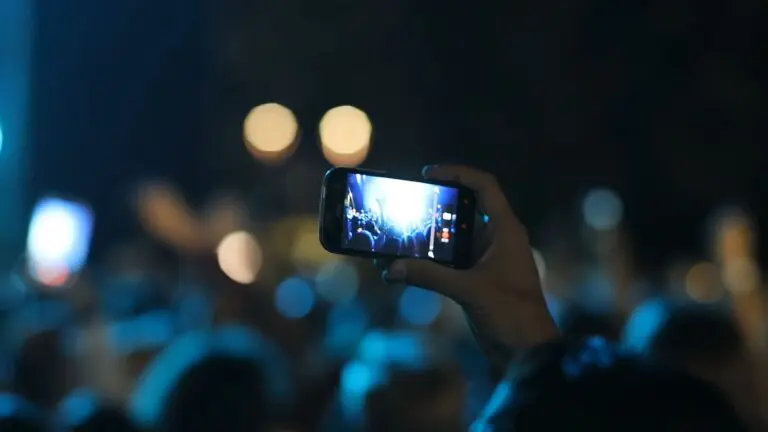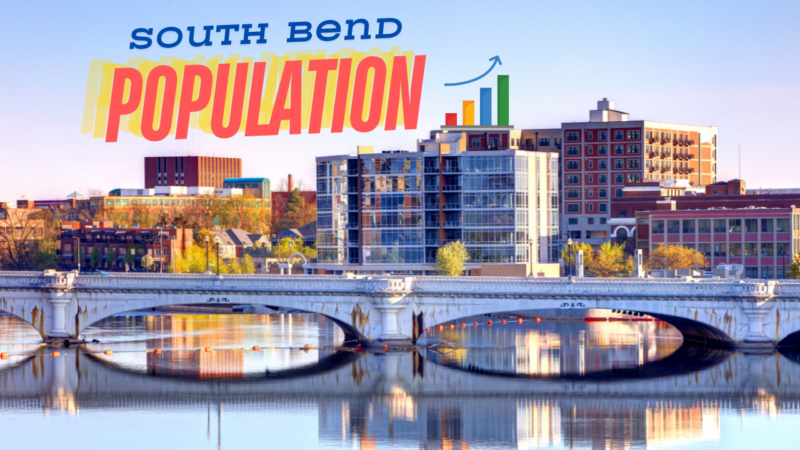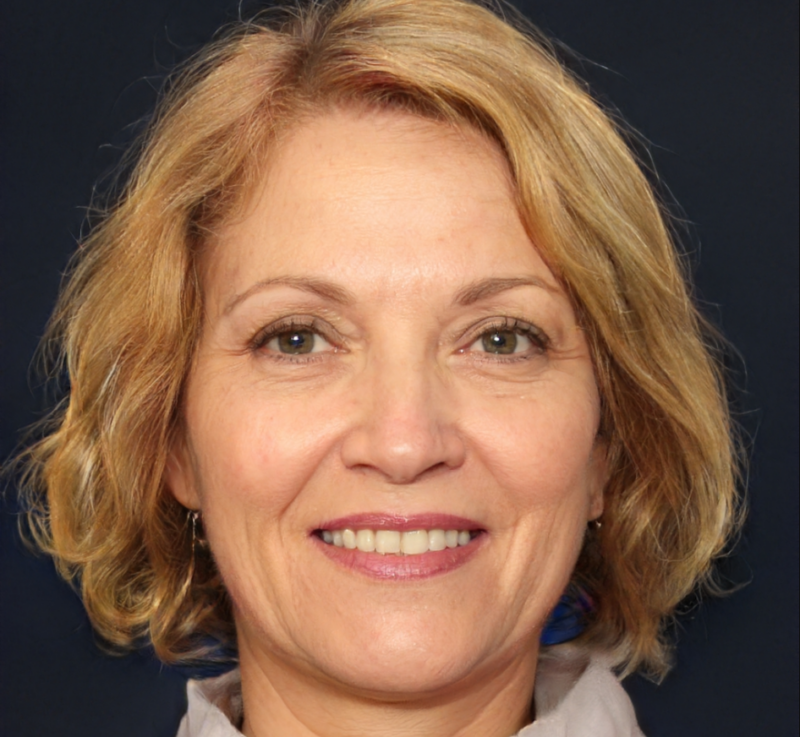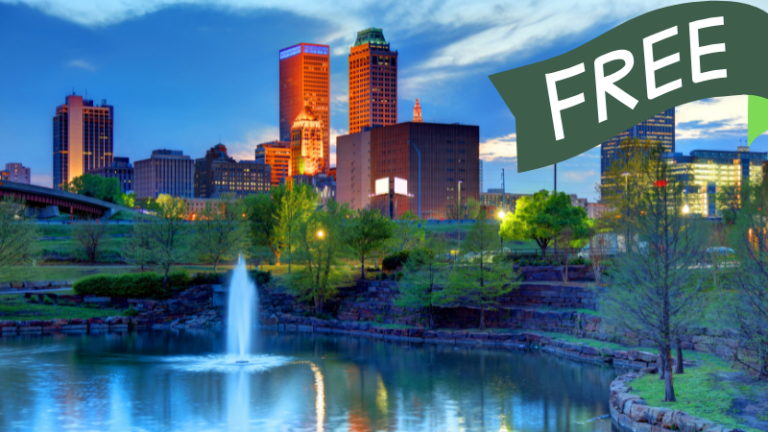When you think of South Bend, Indiana, what comes to your mind? For many, it’s the University of Notre Dame, the Studebaker legacy, or maybe the city’s Midwest charm. But beneath all that, South Bend is quietly growing, and as we roll into 2025, its population stands at around 103,415.
It’s not explosive growth by any means, but it’s steady—just what you’d expect from a city that has seen its fair share of ups and downs.
Table of Contents
ToggleSouth Bend’s Growth
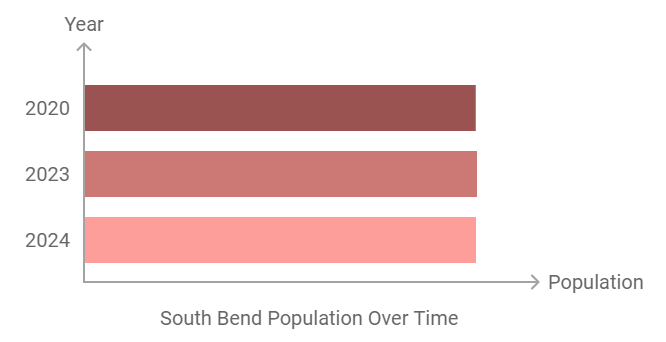
Let’s be honest—when people think about population booms, they might think of cities like Austin or Nashville. South Bend doesn’t fit into that category.
| Year | Population |
| 2020 | 103,395 |
| 2023 | 103,705 |
| 2024 | 103,415 |
Population Density

It’s a balance that many appreciate, especially those looking for that sweet spot between city life and some breathing room.
Who Lives in South Bend?
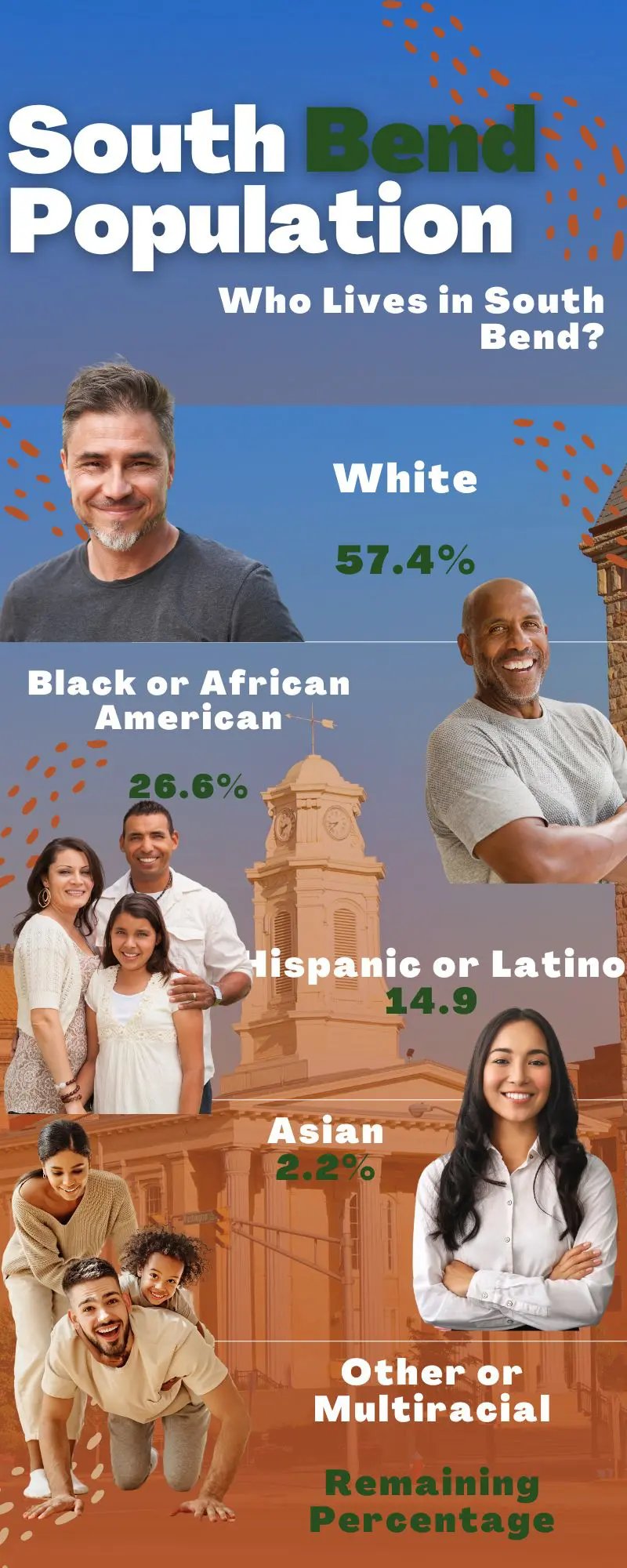
The diversity in South Bend is one of the city’s most defining features. Walking through the city, you’re likely to hear a variety of languages, reflecting its rich history as a hub for immigrants and newcomers. As of now, the racial and ethnic composition breaks down like this:
| Race/Ethnicity | Percentage (%) |
| White | 57.4 |
| Black or African American | 26.6 |
| Hispanic or Latino | 14.9 |
| Asian | 2.2 |
| Other or Multiracial | Remaining Percentage |
It’s a beautiful mix, rooted in decades of welcoming different communities. This diversity plays out in cultural festivals, local food scenes, and even the languages spoken around town, with English as the primary language but Spanish widely spoken in many neighborhoods.
The Age Factor
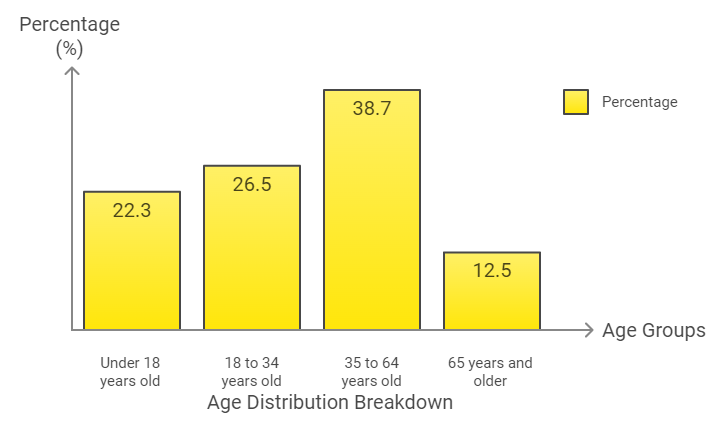
South Bend is often seen as a young city, which isn’t surprising given the presence of Notre Dame and other educational institutions. The median age in the city is about 33 years old. That youthful energy is palpable, with young professionals, families, and students making up a big part of the community.
Education and Income
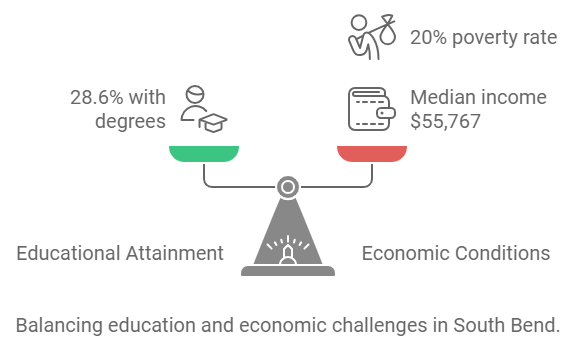
The educational landscape here creates a strong foundation for intellectual growth and innovation, which also plays a huge role in shaping the local economy.
According to newly released data, Indiana University South Bend has seen continued growth in enrollment. Check out the latest news on the topic.
However, not everything is rosy on the economic front. The median household income in South Bend sits at around $55,767, a bit below the national average. There’s a wide spectrum of income levels across the city, with some neighborhoods experiencing wealth and growth, while others are still facing significant challenges.
What Drives the Economy?
South Bend’s economic evolution is a story worth telling. Once heavily reliant on manufacturing, especially with the Studebaker plant that powered its early industrial growth, the city had to pivot when those factories closed.
Now, the local economy is much more diversified, with sectors like education, healthcare, and advanced manufacturing taking the lead. The University of Notre Dame is a powerhouse, not only as an educational institution but also as a major employer and a source of research and innovation.
Beyond that, the healthcare industry is robust, with several hospitals and clinics serving both the local and regional population.
Living in South Bend – Why People Stay
One of the most attractive things about South Bend is its affordability. The cost of living here is significantly lower than in many larger cities, which makes it an appealing option for families, young professionals, and even retirees.
The median home value is about $160,000, making homeownership more attainable than in a lot of other urban areas.
But affordability isn’t the only draw. South Bend has a lot to offer in terms of lifestyle, culture, and recreation. The St. Joseph River runs right through the city, providing opportunities for kayaking, fishing, or just a peaceful stroll along its banks. Plus, Lake Michigan is only 35 miles (ca. 56 km) away, perfect for a quick getaway to the beach.
However, there are certain problems with the crime rate. Check out our other article.
A Growing Arts and Culture Scene
South Bend may not have the same name recognition as New York or Los Angeles when it comes to the arts, but the city is steadily building its own cultural reputation. Venues like the Morris Performing Arts Center and the South Bend Civic Theatre offer everything from local plays to touring Broadway shows.
And for history buffs, the Studebaker National Museum gives a nod to the city’s industrial past.
South Bend in 2025 and Beyond
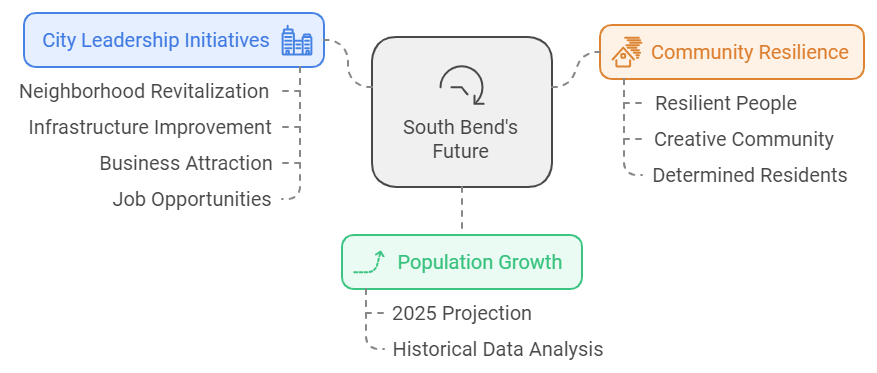
So, what’s next for South Bend? Population projections suggest a slight increase, with the number of residents expected to hit around 103,705 by 2025. Again, it’s slow growth, but it’s steady, driven by ongoing development efforts, especially in the downtown area.
City leadership is focusing on revitalizing neighborhoods, improving infrastructure, and attracting new businesses. There’s a real effort to create more job opportunities, particularly in the tech and startup spaces, which are slowly gaining momentum thanks to local incubators and investment in innovation.
As someone who’s watched South Bend evolve, I’m excited to see where it goes. The city’s history has shaped its present, but it’s the people here: resilient, creative, and determined -that will drive its future. South Bend is a community that’s growing stronger, bit by bit, and there’s plenty to look forward to in the years to come.
*To determine South Bend’s 2024 population, data was sourced from reputable population statistics websites such as World Population Review and the U.S. Census Bureau, along with projections from demographic and economic reports. The population growth trends were analyzed by comparing historical data with recent estimates and forecasting methodologies based on annual growth rates and demographic shifts.
Final Thoughts
South Bend is a city that’s been through a lot, from its industrial heyday to the challenges of economic transition. But it’s still here, standing strong with a diverse, vibrant population that keeps moving forward.
With steady population growth, a resilient economy, and an ever-improving quality of life, South Bend in 2024 is a place where people aren’t just living—they’re thriving.


